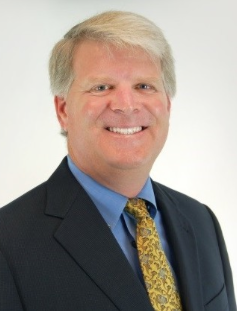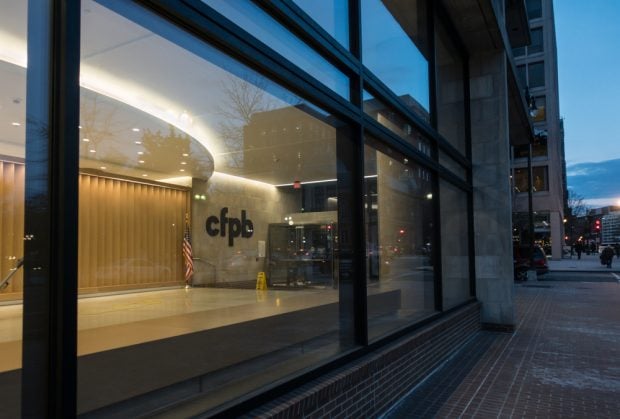 The $1.4 billion Dow Chemical Employees Credit Union won't show up on the list of top performing credit unions based upon return on assets, efficiency ratio, net interest margin or any other traditional measure of financial success. In fact, it would probably show up in last place, and that is just fine with them.
The $1.4 billion Dow Chemical Employees Credit Union won't show up on the list of top performing credit unions based upon return on assets, efficiency ratio, net interest margin or any other traditional measure of financial success. In fact, it would probably show up in last place, and that is just fine with them.
On Dec. 30th, 2014, CU Times ran an article (Dow Chemical Sweetens the Payout Sauce) about DCECU's member giveback plan.
The numbers were staggering. Members in good standing received a 75% interest rebate on eligible loans, an additional 75% dividend on shares and deposits, and non-interest income rebates as well.
Recommended For You
Seventy-five percent on loans and dividends – that is not a misprint.
How in the world can DCECU do this?
Simple. They are living the credit union ethos of operating in the most productive manner possible and then returning all excess profits back to members.
Let's start by looking at the productivity side of the credit union.
In the prior four quarters, the credit union invested $20 million in routine, day to day operating expense. That figure excluded provision for loan loss and assessments.
There are 77 credit unions in the $18-22 million operating expense peer group. How does DCECU stack up? They are No. 1.
Given a similar investment in operations, DCECU had $178 million more loan balances, $111 million more draft and regular share balances and $1.4 million less in net charge-offs than the peer group.
On the rate side, loan yield was 2.59% lower than peer, dividends paid were 0.23% higher than peer and surplus funds yield were 0.07% better than peer. Lower loan yields and higher dividends paid via the member giveback program drove down return on assets, by design.
The only operational shortcoming of DCECU was non-interest income. Given a similar investment in operations, non-interest income was $1.6 million lower than peer, but there is a good reason why. The credit union rebates non-interest income back to members as part of its giveback program.
Bottom Line: From a productivity perspective, it has an expense structure of a $600 million credit union but supports a balance sheet of a credit union more than twice that size.
Now let's look at returning excess profit back to members.
DCECU is not growing assets, but it does not have to. With a loan to asset ratio of just more than 40%, it can grow loans without having to grow assets.
If you don't have to grow assets, you don't have to grow net worth, which was 11.9% at the end of the third quarter 2014. If you don't have to grow net worth, then you don't need any return on assets – you can have a return on assets of zero, which is effectively what DCECU had because its giveback returned all excess profit.
DCECU is one of the few credit unions that actually live up to the ethos of a "member-focused" organization. Congratulations DCECU! You are a role model for other credit unions to follow.
Mike Higgins Jr. is partner at Kansas City-based consulting firm Mike Higgins & Associates, Inc. He can be reached at [email protected] or 913-488-4506.
© 2025 ALM Global, LLC, All Rights Reserved. Request academic re-use from www.copyright.com. All other uses, submit a request to [email protected]. For more information visit Asset & Logo Licensing.







